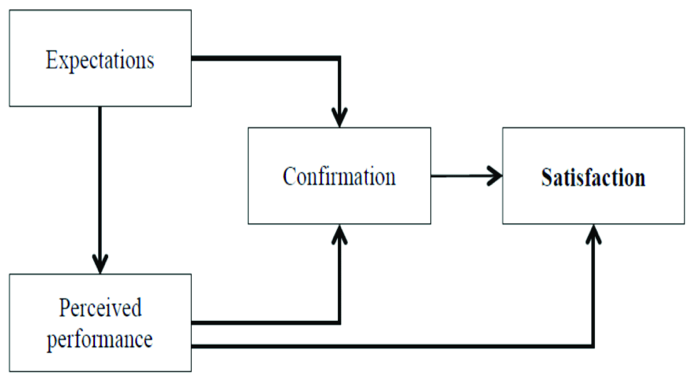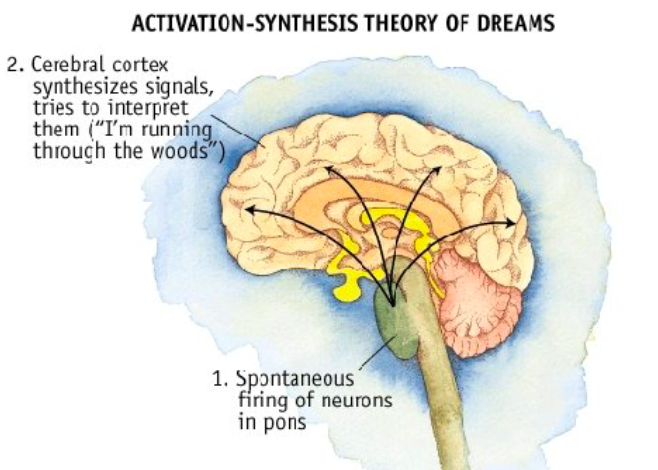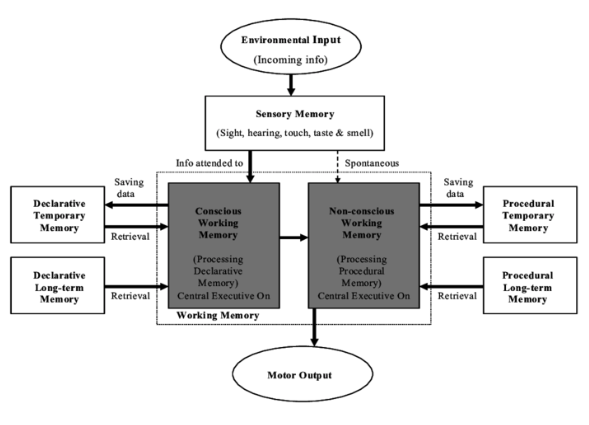


Recently, I have had a dream about how I am winning the international table tennis tournament. I should note here that I tend to follow the expectation-fulfillment theory when interpreting my dreams (Figure 1), and it seems to explain my mentioned dream exhaustively. My friends and I went to play table tennis a few days ago, and I lost all the matches. I did not pay much attention to this but was discouraged to an exact extent. The dream kind of compensated for my expectations and allowed me to be emotionally healthy the following day, which stays in line with the essence of the expectation-fulfillment theory.
Here, it seems reasonable to notice that the other two theories – the activation-synthesis theory and the continual-activation theory (Figure 2; Figure 3) – are applicable to a lesser extent. The former implies that dreams are the embodiment of random thoughts that make sense after we wake up and try to make them reasonable. In turn, according to the continual-activation theory, our sleep is only a process of encoding and transferring data in the brain. Thus, it may be rational to state that the expectation-fulfillment theory is the most reliable concept from the mentioned ones.
References
Majeed, S., Lu. C., Majeed, M., & Shahid, M. N. (2018). Health resorts and multi-textured perceptions of international health tourists. Sustainability, 10(4), 1–26.
Slide to Doc. (n.d.). Aim what purpose do dreams serve do now. Web.
Zhang, J. (2005). Continual-activation theory of dreaming. Dynamical Psychology, 1–6. Web.
